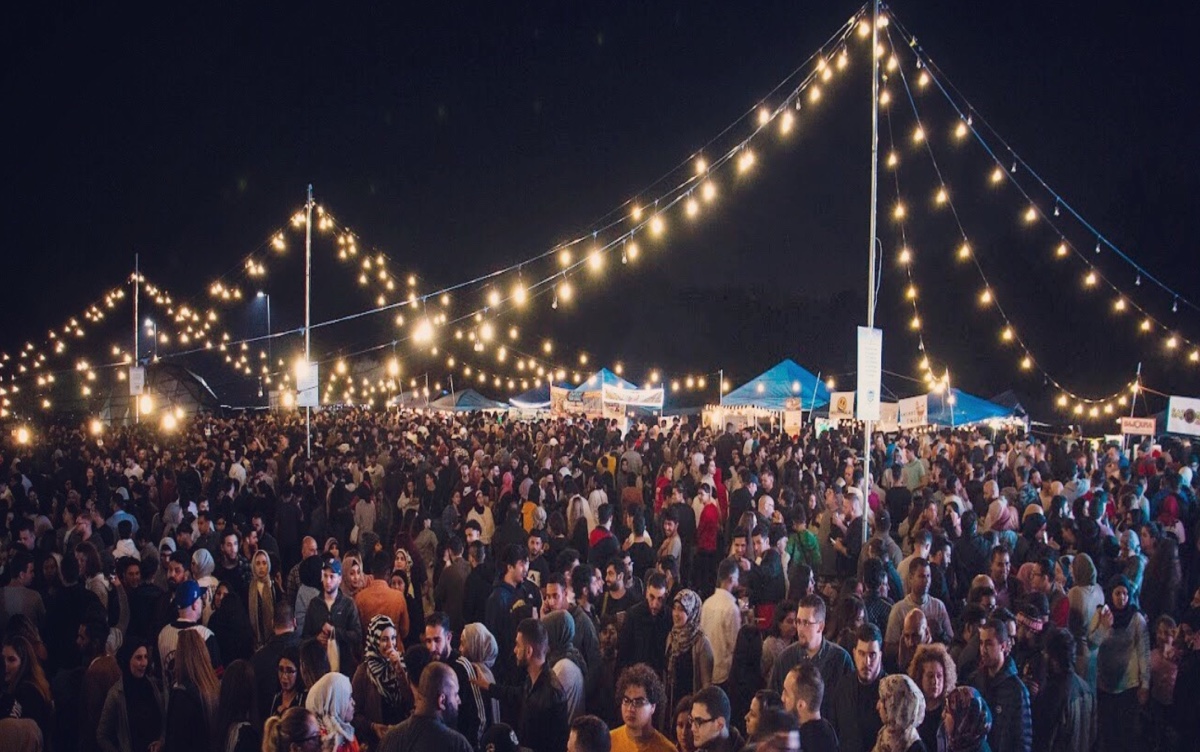Trains Explained, for kids
A train is a connected series of vehicles for rail transport that move along a track (permanent way) to transport freight or passengers from one place to another. The track usually consists of two rails, but might also be a monorail or maglev guideway.
Propulsion for the train is provided by a separate locomotive, or from individual motors in self-propelled multiple units. Most modern trains are powered by diesel locomotives or by electricity supplied by overhead wires or additional rails, although historically (from the early 19th century to the mid-20th century) the steam locomotive was the dominant form of locomotive power. Other sources of power (such as horses, rope or wire, gravity, pneumatics, and gas turbines) are possible.
The word ‘train’ comes from the Old French trahiner, itself from the Latin trahere ‘pull, draw’.
There are various types of train designed for particular purposes. A train can consist of a combination of one or more locomotives and attached railroad cars, or a self-propelled multiple unit (or occasionally a single powered coach, called a railcar). Trains can also be hauled by horses, pulled by a cable, or run downhill by gravity.
Special kinds of trains running on corresponding special ‘railways’ are atmospheric railways, monorails, high-speed railways, maglev, rubber-tired underground, funicular and cog railways.
A passenger train may consist of one or several locomotives, and one or more coaches. Alternatively, a train may consist entirely of passenger carrying coaches, some or all of which are powered as a “multiple unitâ€. In many parts of the world, particularly Japan and Europe, high-speed rail is utilized extensively for passenger travel.
Freight trains comprise wagons or trucks rather than carriages, though some parcel and mail trains (especially Travelling Post Offices) are outwardly more like passenger trains.
Trains can also be ‘mixed’, comprising both passenger accommodation and freight vehicles. Such mixed trains are most likely to occur where services are infrequent, and running separate passenger and freight trains is not cost-effective, though the differing needs of passengers and freight usually means this is avoided where possible.
Special trains are also used for track maintenance; in some places, this is called maintenance of way.
In the United Kingdom, a train hauled by two locomotives is said to be “double-headedâ€, and in Canada and the United States it is quite common for a long freight train to be headed by three or more locomotives. A train with a locomotive attached at each end is described as ‘top and tailed’, this practice typically being used when there are no reversing facilities available. Where a second locomotive is attached temporarily to assist a train up steep banks or grades (or down them by providing braking power) it is referred to as ‘banking’ in the UK, or ‘helper service’ in North America. Recently, many loaded trains in the US have been made up with one or more locomotives in the middle or at the rear of the train, operated remotely from the lead cab. This is referred to as “DP†or “Distributed Power
The railway terminology that is used to describe a ‘train’ varies between countries.
United Kingdom
In the United Kingdom, the interchangeable terms set and unit are used to refer to a group of permanently or semi-permanently coupled vehicles, such as those of a multiple unit. While when referring to a train made up of a variety of vehicles, or of several sets/units, the term formation is used. (Although the UK public and media often forgo ‘formation’, for simply ‘train’.) The word rake is also used for a group of coaches or wagons.
In the United Kingdom Section 83(1) of the Railways Act 1993 defines “train†as follows:
a) two or more items of rolling stock coupled together, at least one of which is a locomotive; or
b) a locomotive not coupled to any other rolling stock.
United States
In the United States, the term consist is used to describe the group of rail vehicles which make up a train. When referring to motive power, consist refers to the group of locomotives powering the train. Similarly, the term trainset refers to a group of rolling stock that is permanently or semi-permanently coupled together to form a unified set of equipment (the term is most often applied to passenger train configurations).
The Atchison, Topeka and Santa Fe Railway’s 1948 operating rules define a train as: “An engine or more than one engine coupled, with or without cars, displaying markers.â€
12-15













2010
1,147 views
views
0
comments